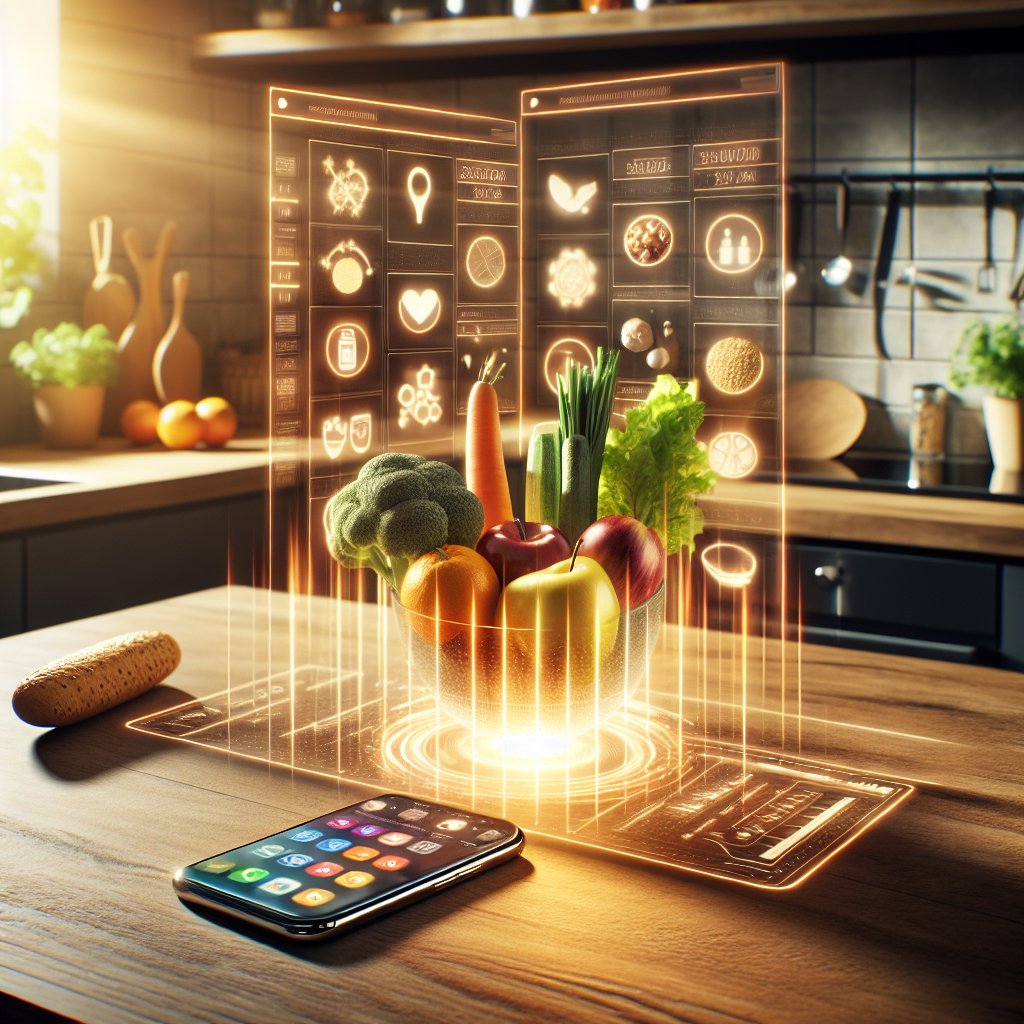Unleashing AI for Nutrition: Are Vision-Language Models the Future of Dietary Assessment?
Introduction: The Need for Smarter Nutrition Tracking
In a world overflowing with food options, maintaining a healthy diet is more challenging than ever. We’re surrounded by processed snacks, fast food, and convenient but unhealthy meal choices. It’s no wonder that diet-related illnesses are on the rise! While dietary guidelines, like the Mediterranean and Japanese diets, offer us a blueprint for better nutrition, we often struggle with personalized monitoring and self-reported assessments that can be inaccurate or tedious.
Imagine if technology could step in to help us track our diets more effectively. Enter the fascinating realm of Artificial Intelligence (AI), particularly Vision-Language Models (VLMs), which promise exciting possibilities for dietary assessments through food image recognition. But are they truly ready to assist us in achieving better nutrition? That’s the burning question explored in a recent study that dives deep into how well these models can recognize and categorize food from images. Let’s break it down!
Understanding Dietary Assessment and the Rise of VLMs
Dietary Assessment: Why It Matters
Maintaining a balanced diet is crucial, not just for weight management but for preventing chronic diseases. Traditional dietary assessments typically rely on methods like 24-hour food recalls or food frequency questionnaires, which are often prone to inaccuracies. As we learned from the research article, these methods often lead to imperfect data collection, affecting the ability to monitor dietary habits effectively. To tackle this, the study suggests that automated and personalized nutrition assessment could be the game-changer we've been waiting for.
VLMs: A Brief Overview
Vision-Language Models are a new breed of AI that combines textual and visual reasoning. Think of them as super-smart systems that not only see images but can also understand and describe what they see in human language. These models are starting to make waves in various applications, from food tracking and dietary recommendations to deeper food science research. The question is: can these models accurately assess a person's dietary quality just by analyzing food images?
The Study: How It Peeked Under the Hood of VLMs
Introducing FoodNExTDB
The study introduces a novel food image database called FoodNExTDB, which consists of 9,263 expertly labeled images spanning multiple food categories, subcategories, and cooking styles. This extensive collection allows researchers to evaluate VLMs’ performance at different levels of complexity, from identifying a food group to determining cooking styles. This crucial data provides a solid foundation for understanding the strengths and weaknesses of VLMs in recognizing food.
VLMs Tested
The researchers explored six state-of-the-art VLMs, including:
- ChatGPT
- Gemini
- Claude
- Moondream
- DeepSeek
- LLaVA
By using these models, they aimed to see which ones were best at recognizing individual food items from images and how they fared against one another.
The Roadmap of the Evaluation Process
To ensure a thorough assessment, the study introduced a unique evaluation metric named Expert-Weighted Recall (EWR). This metric took into account the variability among different annotators, leading to fairer results. The evaluation process was split into three tasks:
1. Recognizing food products across different categories.
2. Identifying specific food items correctly.
3. Evaluating the impact of image complexity on model performance.
Key Findings: What the Models Revealed
Performance Breakdown
Overall, the study found that closed-source VLMs outperformed the open-source ones. For instance, Gemini achieved the highest average EWR score across all tests, showcasing its capability to accurately identify food images.
Challenges in Recognition
Despite these impressive scores, challenges still remain, especially when it comes to fine-grained food recognition. As the complexity of food images increased—say, dishes containing multiple ingredients—VLMs struggled to maintain accuracy. For example, they faced hurdles in recognizing cooking styles, often misclassifying items due to visual similarities.
Practical Implications in Dietary Tracking
The implications of these findings are enormous. Technologies that allow for real-time analysis of dietary habits could pave the way for improved nutritional adherence and chronic disease prevention. This study propels us into thinking about how we could incorporate VLMs into apps or systems that would make tracking our food easier and more reliable.
The Future: Where Do We Go From Here?
Despite the hurdles, the path looks promising. The study underscores the need for more extensive research to improve VLM performance and reliability in food analysis tasks. Integrating VLMs with personalized nutrition strategies, dietary apps, and wearables could provide us with the accurate nutritional insights we need. Imagine a future where snapping a photo of your meal yields real-time dietary recommendations!
Key Takeaways
Dietary Assessment Matters: Maintaining a balanced diet is increasingly vital for health, yet traditional methods can be inaccurate.
Vision-Language Models are emerging as a promising tool for dietary analysis, combining visual recognition with textual understanding.
FoodNExTDB, the new database, provides a robust resource for testing VLMs on food image recognition.
Closed-source models like Gemini and ChatGPT are currently outperforming open-source models when it comes to recognizing food items.
Future Directions: Enhance VLMs for better fine-grained recognition, and explore seamless integrations with personalized nutrition apps for the ultimate dietary tracking tool.
In a world where health is paramount, harnessing the power of AI could very well lead us to healthier eating habits and, ultimately, a healthier life. What do you think? Are you ready for AI to join you on your dietary journey?

